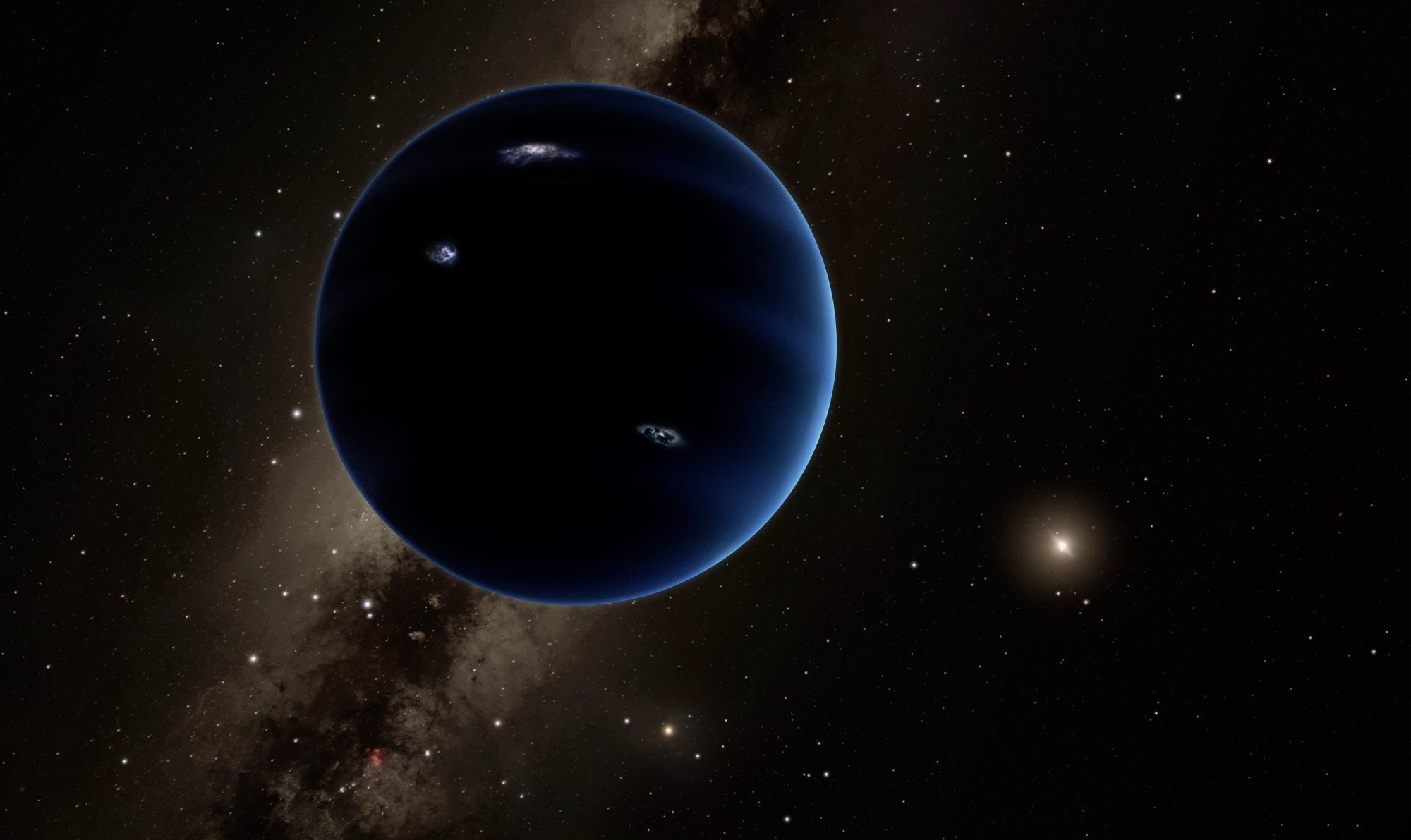No ninth planet after all?
Since around the start of this millennium, astronomers have been actively searching for a planet somewhere out beyond the orbit of Neptune. When Pluto was demoted to a minor planet, “Planet X” became “Planet IX.” At the same time, however, more evidence has been discovered that suggests it does exist. According to the data, a ninth planet should have a mass approximately ten times the mass of the Earth and should orbit the Sun with a semi-axis between 400 and 1500 astronomical units (distance from the Sun to the Earth). Scientists have derived its existence from the discovery of trans-Neptunian objects, such as Sedna, the so-called distant detached objects, which move on highly elliptical orbits that are significantly inclined relative to the ecliptic.
Theoretically, the most powerful telescopes today are sensitive enough to find such a planet; but despite intensive searching, it remains a mystery. The names of those who found it would undoubtedly go down in history.
There have been other explanations for the existence of these planetoids. Now, researchers at the University of Cambridge and the American University of Beirut have presented a new, alternative theory that no longer needs a Planet IX. For the first time, this theory includes both the masses of all the other planets and the mass of the Kuiper belt in its calculations and uses these masses to derive the unusual orbits of the planetoids. To match observations, there must be a region made of ice and dust surrounding the Solar System and it must have a mass of approximately ten times the mass of the Earth. We already know of such a region: the Kuiper belt.
However, the Kuiper belt appears to be much too light (according to current observations, its mass is at most one tenth the mass of the Earth). The researchers have pointed out, however, that a region consisting of such small, widely distributed objects would be very difficult to correctly measure from the inside. Maybe we can’t even see the biggest part of the Kuiper belt at all? If we look at other solar systems, we see significantly larger and heavier belts made from the debris left over from the formation of the systems. The researchers also do not rule out that both explanations might be contributing factors to the measured orbits of Sedna & Co. – i.e., a massive ice belt and another planet.
